Material for the walls of the kitchen. Exclusive wall design. Stickers in the design of the kitchen
The design of the walls in the kitchen suggests various ways design - from the good old painting to the creation of relief planes. Each option is characterized by its own nuances, which affect not only the quality of the work performed, but also the image of the kitchen as a whole.
Wallpaper on the wall - new opportunities
If before it was all about choosing washable wallpaper with a characteristic kitchen pattern, today the kitchen is increasingly trying to get out of these rather boring stereotypes. The interior will not be attractive and convincing if you decide to save money on wall decoration. Moreover, save not in terms of finance, but in terms of fantasy.
The easiest option is a contrasting wall. bright, interesting, textured wallpaper can become the main background. The remaining walls are glued either light wallpaper, neutral, or wallpaper, in which the motive of the main ones is guessed.
Instead of contrasting wallpapers, you can take another, familiar and favorite option for wall decoration - photo wallpapers. Today they are incredibly diverse: from 3D variations to embossed paper photo wallpapers.
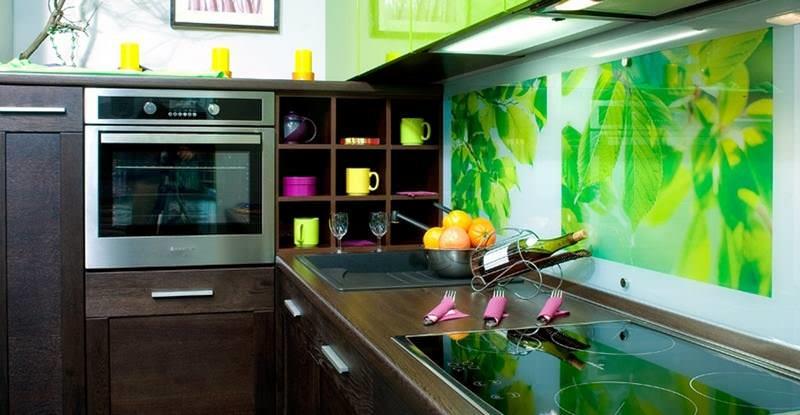
And there is such an innovation as photo panels. The interior will change with their use!
Photopanels are:
- the ability to make an unusual, beautiful, elegant apron over the working area;
- the ability to zone space;
- a way of focusing attention on a bright, self-sufficient fragment of the interior.
Interestingly, today many owners make photo panels themselves. To do this, the selected wallpaper is glued to the wall where the apron should be, and tempered glass is fixed on top.
Wall design in the kitchen: creative ideas (video)
wall painting
Painting walls does not mean making cheap repairs, in which the interior will be boring and unfashionable. If only because there are a lot of painting options. Even the rich and famous, not so limited in the cost of repairs, sometimes paint the walls of the kitchen in milky color. And this allows you to improvise, to focus on the little things.
Wall painting options:
- Blue + pink with the dominance of one of the colors. Great choice for families with children growing up.
- Lilac a la flowers of Provence. Pairs perfectly with white ceiling and very light furniture.
- Gentle pistachio. Calm color that does not tire, and at the same time refreshes the kitchen.
- Gentle lemon. If there is little light in the kitchen, this color will save the day.
- Lilac + purple. Purple will dominate. This color combination is very fresh, a little cool. Nicely decorates the interior of a large kitchen.
- Central striped wall. Let's say three walls are painted blue, and the central one consists of alternating blue, light green and white stripes of different thicknesses.
- Mint. Refreshing color in the kitchen, where you do not plan to put a lot of furniture.
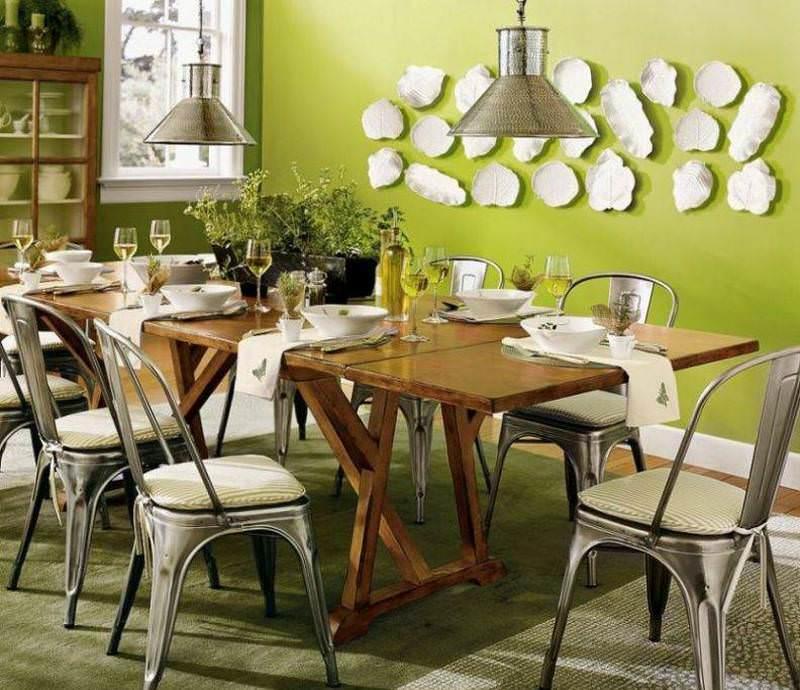
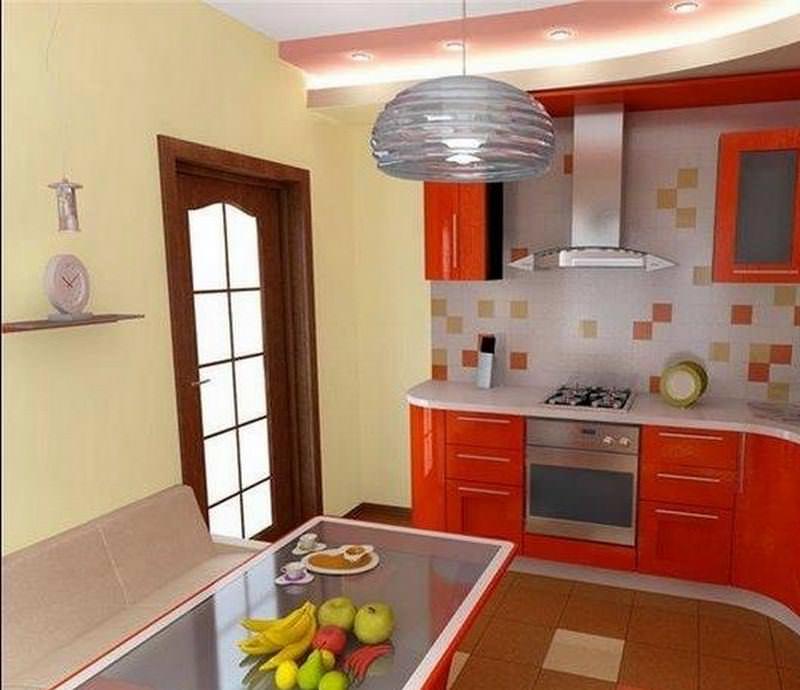
These are just a few options that are very popular today. In fashion and dyed into one light tone walls with large interior stickers-compositions, mostly black glossy ones.
Relief plaster in wall design
Experts advise combining embossed plaster and modern household appliances. Due to this contrast, the kitchen looks more interesting, brighter. The plaster can be coated with glaze paints, which can give the finishing elements a metallic sheen or pearlescent light.
You can do this wall decoration in the kitchen yourself, given the fact that the tools and materials for relief plaster in all its variety can be bought in specialized stores.
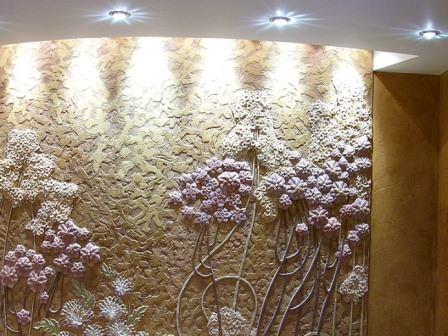
Wall tiles
It is impossible not to mention this method of wall design. It's in Soviet times beautiful tiles was not to be found, but today its diversity is amazing.
The following options for finishing the kitchen with tiles will be interesting:
- red and yellow kitchen with a dark brown tile backsplash;
- mosaic of milk, light gray and coal tiles;
- the interior will also be decorated with tiles in the form of bricks of different bright color combinations;
- phototile;
- tiles glued diagonally;
- mosaic tiles made of small glossy squares.
Keep an eye on the quality of the tile, a good one will not cost too cheap. And fast cracks will only confirm this.
Do-it-yourself embossed walls (video)
In order for the kitchen to be a room that is not closed from prying eyes, you need to avoid those design options when the walls remain boring. If a monophonic design option is chosen, then with an interesting accent, if bright, then with harmonious color combinations. Compare, fantasize, combine. Happy repair!
The kitchen is perhaps one of the few places in the apartment where experiments on combining various finishing materials not only possible, but also can give a very original result. Considering that the kitchen initially assumes the presence of several zones with different purposes, the walls adjacent to these zones can be finished not with one material, but with a wide variety. Therefore, the designer can combine tiles different sizes, textures and colors with wallpaper or paint, textile coating or wood and plastic panels. An interesting and unusual result can be obtained using decorative types plaster and natural or artificial stone.
Decorative plaster in conjunction with wooden elements the interior looks elegant and unusual
Types of Modern Kitchens
First of all, you need to decide whether the kitchen will be isolated from other rooms of the house or apartment, or whether it will be combined with the living room. In the first case, the design possibilities are not limited by anything, in the second case, when choosing the design of the walls of the room, you need to remember that the kitchen area should be in harmony with the guest area, and the transition from one finishing material to another should be as less noticeable as possible. There are three main types of kitchens, and any kitchen in any apartment definitely belongs to one of them.
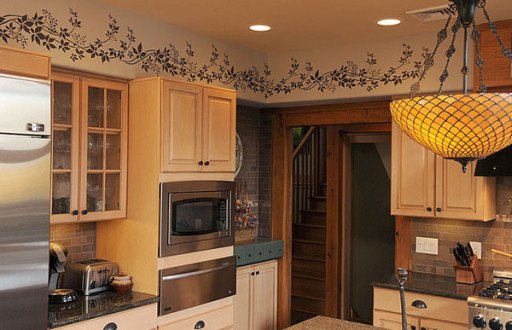
How to choose finishing material for kitchen walls
If we talk about the texture of finishing materials for the kitchen, then there are no strict rules here, everyone chooses a surface for the walls that is more to their taste. There is only one recommendation: no matter how far the wall is from the cooking area, it is unlikely to be 100% free from contamination, so the surface must either be easy to clean or be strong enough to withstand strong mechanical impact(for example, treatment with abrasive cleaners using a washcloth or brush). In this case, you need to more carefully choose wallpaper on different bases and a textile coating.
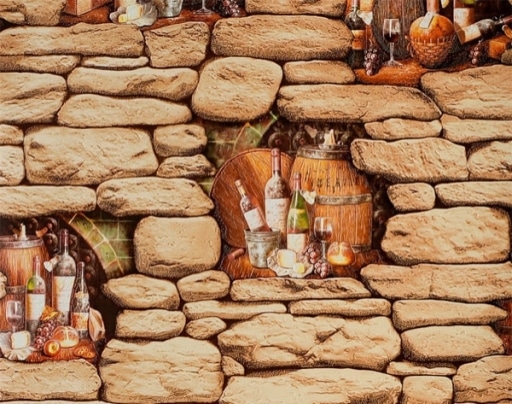
Themed wallpapers still retain their popularity along with other finishing materials, besides, they take into account the specifics of the room - they are easy to clean and keep clean.
The best option for wall working area remains tiles with a glossy surface and smooth edges, it is less prone to contamination and is easy to clean, but for long time already managed to get bored with both designers and hostesses. Looking for more interesting options decor kitchen walls they use other types of tiles that are harder to clean, but the kitchen takes on a more interesting and sometimes unique look. If the kitchen belongs to the first type, then its main characteristic is functionality, so design experiments can be omitted here, and white or warm tiles can be used as a finishing material for walls. pastel colors.

Unconventional for the kitchen blue color in this interior looks harmonious thanks to good selection all constituent elements
White color will give the impression of greater illumination and purity, but the use of only white in the design will make it monotonous and cold. Tile milky, beige or light brown will make the atmosphere in the kitchen more warm and homely. It is quite easy to maintain cleanliness in such a kitchen, and since this room does not have a stay function, more is not required of it. Kitchens of the second and third types require more attention to interior design, because they are designed not only for cooking, but also for eating, therefore, it is worth thinking about creating a cozy and comfortable environment.
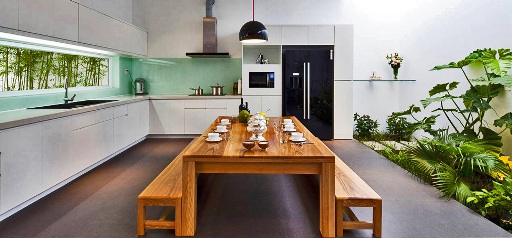
This already rather big kitchen White color makes it even more spacious, and shades of green in the interior soften the excess of whiteness
Tiled tiles, with which stains of any origin can be easily removed, are ideal for decorating a work area, but there is no desire to lean against it on a cold winter morning with a cup of coffee, and, therefore, you need to choose a different finishing material, especially since there is a choice Of what.
Avoid bad combinations
Any finishing material must comply with the general stylistic design kitchen and not create a sense of inappropriateness and disharmony. Wooden panels decorated with wood carvings or stucco on the wall will be completely out of place in a high-tech kitchen, and plastic panels are unlikely to decorate kitchens in a rustic or classic styles. Minimalism does not imply the presence in the kitchen of any decorative elements, so it is better not to glue the wallpaper with a bright floral pattern in such a kitchen, but the kitchen in ethnic style(for example, Scandinavian or English) will lose if you decorate its walls with complex Venetian plaster. Artificial or natural stone will not harmonize with plastic panels, and choosing it as a modern kitchen finish is unlikely to be successful.
transition problem
When combining two or more materials, the main problem is the problem of transition or boundary between them. If the kitchen has a window or balcony door, perhaps a semi-column, then they can serve as a natural boundary, which will make the transition from one finishing material to another less noticeable and more harmonious. In any case, this can be used front door to the kitchen, which most often in itself serves as a conditional boundary between different zones premises.
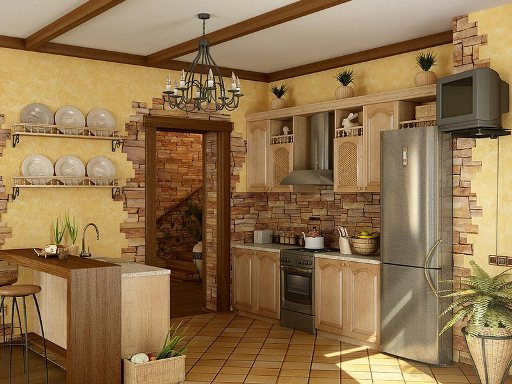
In the design of this kitchen, the problem of transition has been successfully solved - the door serves as a natural border between the kitchen areas, and artificial stone inserts in the non-working area complement the finish. working wall
Today, some designers quite successfully work with combinations of different materials on a small area, but it is worth noting that it is better to entrust such a task to a professional, since both an excess and a lack of material are immediately evident and disrupt the harmony of the interior.
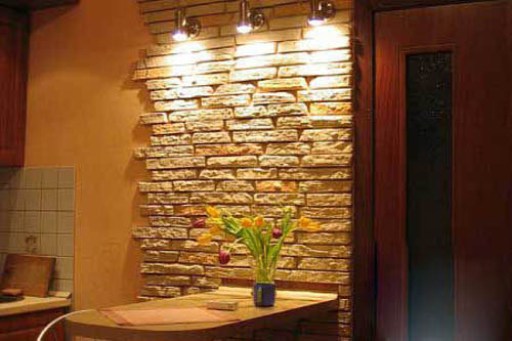
The transition between masonry and wall could be considered successful, but the border of the tiled wall spoils the overall impression.
The most common combination of panels, wallpaper and small artificial stone inserts.
Kitchen non-working area wall design
The walls of that part of the kitchen in which there is no sink, stove, etc. kitchen appliances, can be decorated with a variety of materials, as well as their combinations. Panels from natural wood the entire height of the wall, however, the furniture for them must be selected appropriately and the lighting of the kitchen should emphasize the natural beauty of the material. One of the options is to install wooden panels up to the middle of the wall, and above, either stick wallpaper or paint the walls with a paint that matches the tone. Recently, it has become more and more popular to decorate walls with Venetian plaster, but this type of decor is on small kitchen will lose a significant part of the aesthetic appeal, and will look defiant. Therefore, this option is mainly suitable for the third type of kitchen, combined with living rooms or dining rooms. The combination of Venetian plaster with wood panels will also look original.
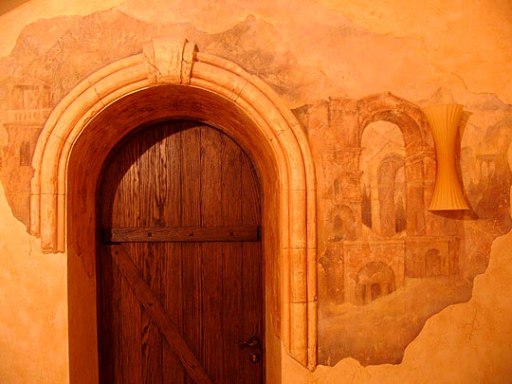
Very popular today Venetian plaster, fitting into the overall style of the room, will become a true decoration of the kitchen
Express methods for updating the interior of the kitchen
If the kitchen environment has already become boring, and a full-scale renovation is not yet included in the plans of the owners, you can use a few ideas that will allow you to somewhat revive its familiar look.
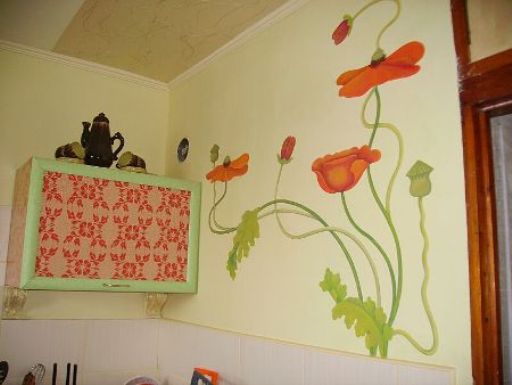
A bored atmosphere can be revived even with the help of a plain pattern, the main thing is that it be stylish and moderately bright.
One of the most drastic methods for a quick update - painting the walls in a different color - is suitable when the walls have been pre-prepared and painted, in which case the color change does not take much time and effort. The same can be done if the walls are covered with wallpaper that involves painting. A less drastic method is to decorate the walls with a variety of interior stickers, which can be of different sizes, colors and shapes - from bright small butterflies and flowers to dark patterns, ornaments and combinations. geometric shapes.

Interior stickers will decorate new kitchen and update the situation if the owners are already bored with it
Partial decoration of the walls with natural or artificial stone will also add novelty to the familiar interior. The specialist will quickly and easily cope with the task, and appearance premises will change significantly.
Exclusive wall design
This design includes the increasingly popular wall painting. Compared to other finishing methods, it is more refined, unique and will become a real decoration of the kitchen, subject to a number of conditions.
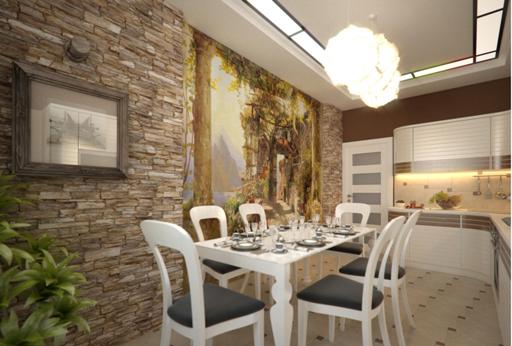
In a spacious, well-lit kitchen, a non-working wall, decorated with a combination of painting and stone, looks luxurious.
Firstly, Wall art requires appropriate sizes, otherwise it simply will not look and will not reveal itself in all its beauty, and secondly, how harmoniously it will fit into the environment of the kitchen largely depends on the choice of the painting plot.
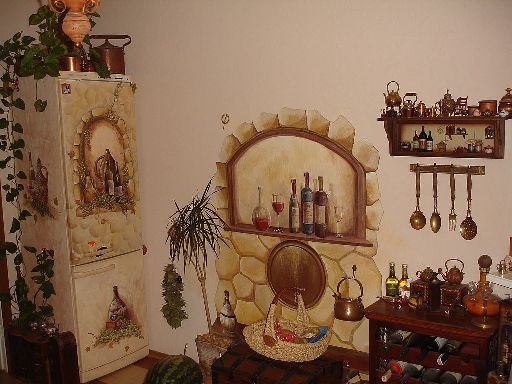
Rustic motifs in the painting of kitchen walls are very popular, as they successfully fit into the interior of kitchens of different sizes.
An important condition is also the overall stylistic consistency of the wall painting and other decorative elements.
Examples of wall decoration in the kitchen
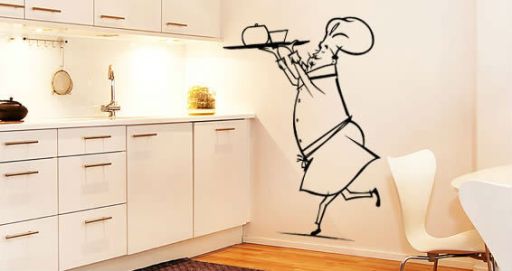
The most common pastel color will sparkle with new colors if you put a simple but positive drawing on the wall
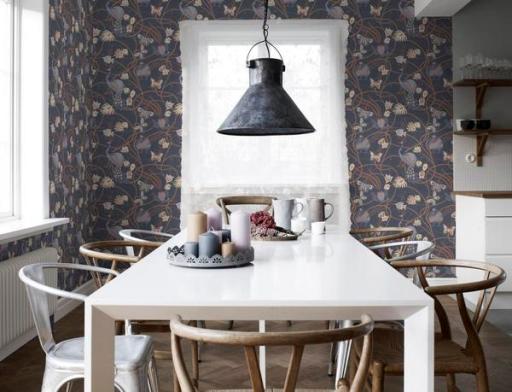
dark wallpaper have their admirers, but they can decorate only well-lit and spacious kitchen
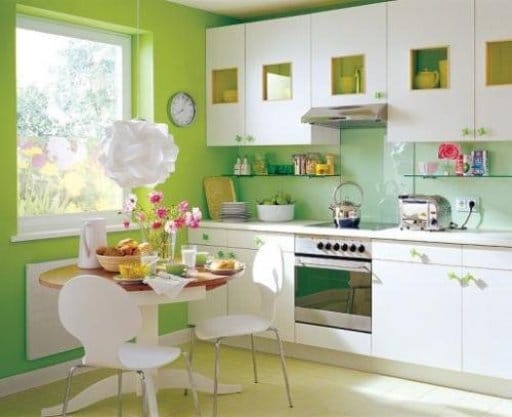
Lucky Combination white and green make this kitchen feel fresh, plus original idea can be called a smooth transition between shades of green
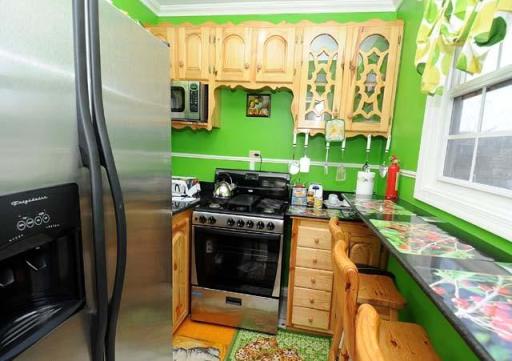
This compact kitchen just painted bright green color that created a unique atmosphere eternal summer
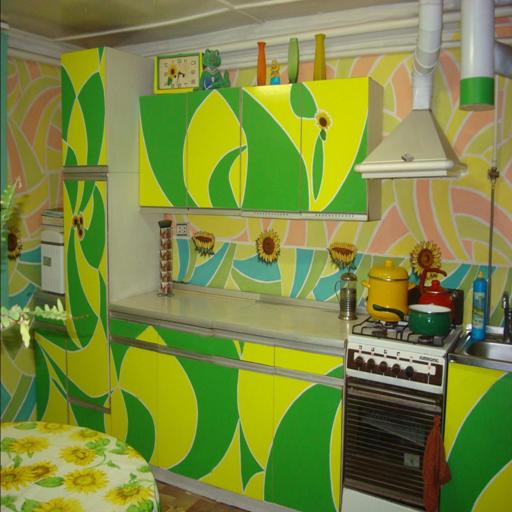
Do unique cuisine It is possible without expensive materials and serious investments. Successful combination bright wallpaper make the atmosphere of this kitchen cheerful and cheerful
There are certain requirements for the design of individual parts of the living space, this is due to the functional load on the room. When it comes to the kitchen, it is necessary to make a choice in favor of practical materials and carefully approach the decoration of the room. Consider the main points that you should pay attention to when designing walls in the kitchen. Photo and concrete examples will help to thoroughly understand the issue, and ideas will push to creativity.
In most cases effective use kitchen facilities requires correct zoning. Wall decoration in the kitchen is directly related to the division of the room into the area of \u200b\u200breception and cooking. Thus, it seems logical to divide the wall into two parts: the main and the apron.
- Main part. It is spent on more material, which means that it is worth paying more attention to its cost. This is the main background, so the main part of the wall is demanding in terms of texture and color.
- The so-called "apron". It will come in handy where the walls are easy to get dirty with a careless movement or splashes from cooking food. The apron is made of ceramics, glass panels, stone, metal or MDF panels. It often has a practical meaning - it increases the service life of wall decoration.
Consider the basic materials through the prism of the requirements of kitchen facilities:
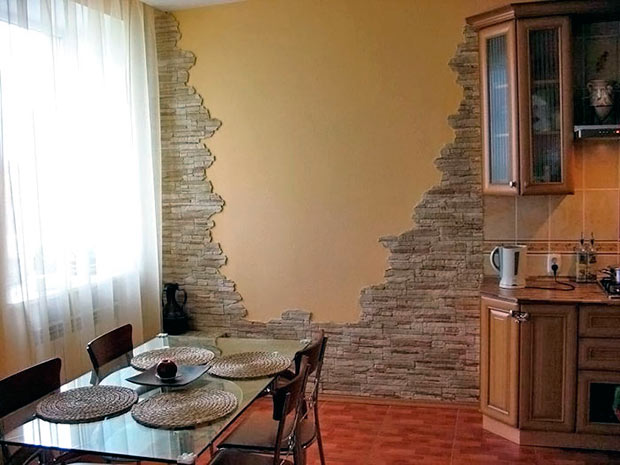 Fashion Kitchens- stone wall decoration
Fashion Kitchens- stone wall decoration
Let's look at some of the options in more detail.
Wallpaper selection
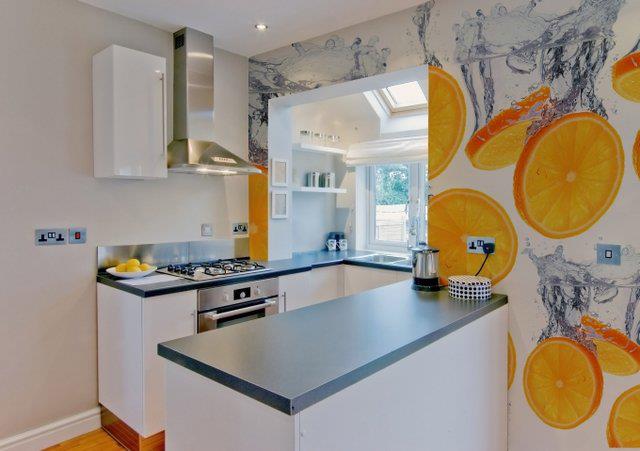 Wall mural for the kitchen
Wall mural for the kitchen 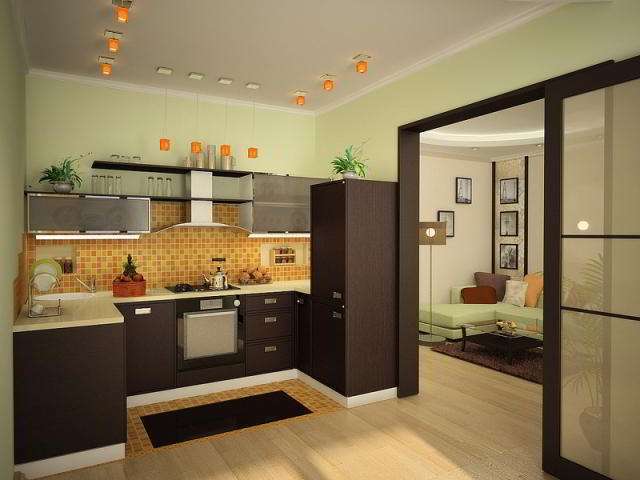
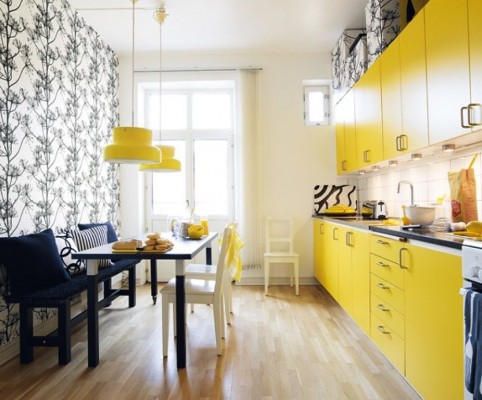
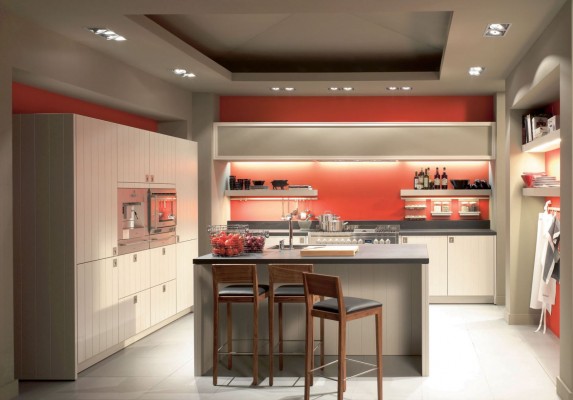
Modern technologies have made it possible to significantly expand the list of wallpaper materials, and among this variety it is easy to get lost. We list the main criteria for choosing kitchen wallpaper.
- It is more logical to choose resistant to moisture (the icon in the form of a wave), and even better to find washable wallpapers. Today, you can even find super-washable wallpapers on the market. On such rolls there is a sign - a wave with a brush. This marking guarantees you that the wallpaper will withstand the impact of not only a damp cloth, but also machining brush (see article about).
- The information on the wallpaper roll indicates such a parameter as vapor permeability. The microclimate of the room is directly related to the ability of the walls to dry quickly and pass air.
- Density matters a lot. The higher the density, the more practical and durable the wallpaper for the kitchen. This parameter guarantees the absence of pores, which means that less dirt will accumulate on the wallpaper.
You can find out how to decorate a wall in the kitchen with wallpaper right in the store by trying combinations different colors and invoices. Feel the best in this room vinyl wallpapers. The two-layer structure allows you to combine practicality and decorative virtues vinyl coating with the advantages of natural material. 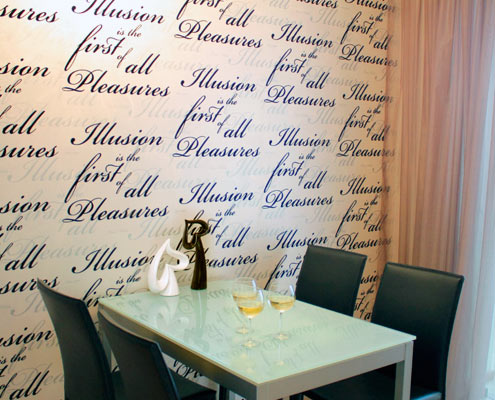 Finishing dining area wallpaper in the kitchen
Finishing dining area wallpaper in the kitchen
If the kitchen goes into the living room or is combined with a seating area, then silk-screen printing or natural wallpaper can become a non-standard decoration. And wallpaper with a photo printed on them can beat almost any interior idea.
Advice! When choosing wallpaper glue, pay attention to antibacterial properties. The antifungal properties of the composition will be useful if the wallpaper contains natural materials.
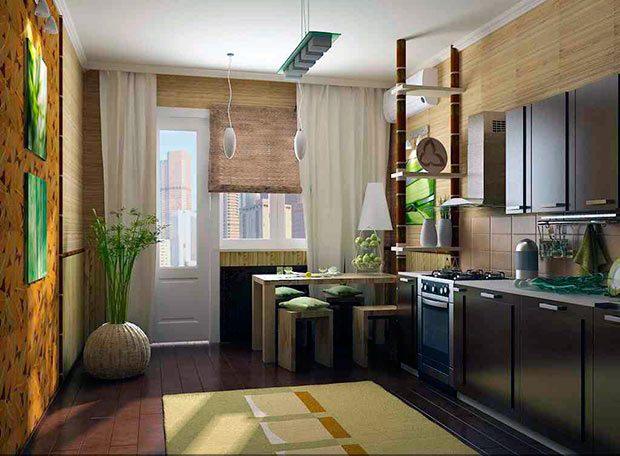 Usage natural wallpaper on the kitchen
Usage natural wallpaper on the kitchen
An interesting idea - canvases for painting. For these purposes, non-woven wallpaper is used. The main factor when choosing is the quality of non-woven fabric. Pleased with the design and high practicality associated with the ability to quickly replace damaged sections.
Decorative plaster
One of the main alternatives to wallpaper and a great way to create a memorable and pleasant interior. For such work, a special type of plaster is used, sometimes applied over the base layer. To make the plaster really decorative, consider two factors:
- the main texture of the finish depends on the grain size;
- the methods of application of the solution and the selected tools affect the formation of patterns.
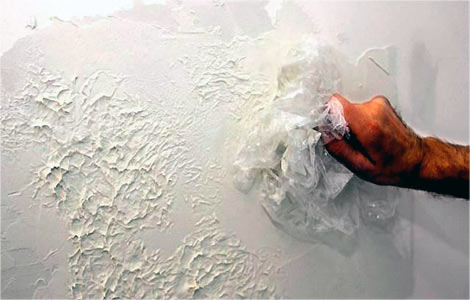 There are many ways to apply a pattern to decorative plaster.
There are many ways to apply a pattern to decorative plaster.
This design of the walls in the kitchen will require care. This is meticulous work, unlike painting processes. A plus, in addition to non-standard look walls, we can assume that the walls do not need to be leveled for work, and small irregularities are only welcome. For decorative plaster at home, you will need the following tools:
- all standard plastering tools with spatulas of different sizes;
- roller and sponge for applying paint;
- wax or varnish for finishing and fixing plaster.
After standard surface preparation, primer application, socket insulation and metal objects you can start applying plaster. This is done with a large spatula or a special metal board for leveling. Layer thickness - no more than 0.5 cm. Cross movements from top to bottom form the main texture of the finish, which directly depends on the structure of the selected material. It is not necessary to wait for the plaster to dry. If you want to learn more about, read our article. 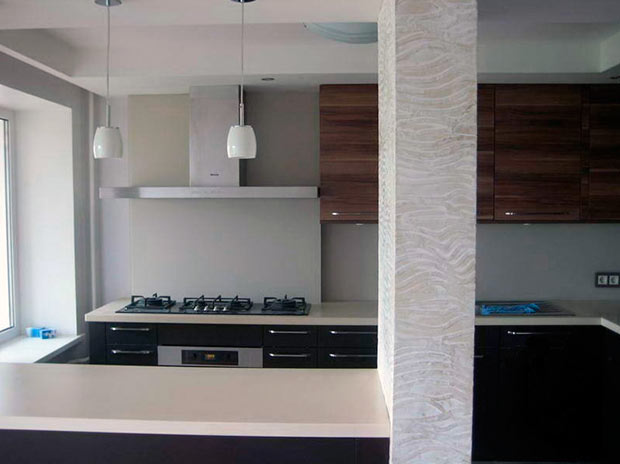
After the main part, a pattern is formed with a smaller spatula or trowel. With the help of light touches, they make small, smooth strokes, create scuffs and bumps. At this stage, everything depends on imagination, pressing force, tilt angle, etc.
Creative ideas for the kitchen
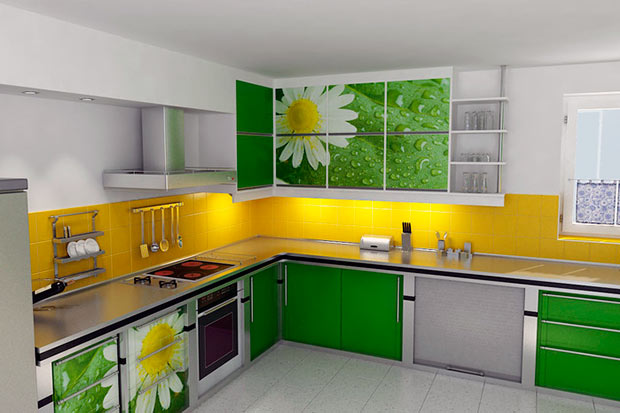 How to decorate a wall in the kitchen with an accent color
How to decorate a wall in the kitchen with an accent color
In the main part, the design of the walls in the kitchen does not involve any experiments. The kitchen is a place of rest. Decorating the main square comes down to more, but one bright spot will not hurt the design and can be a place where you show your creative fantasies. We are talking about the kitchen "apron". There are three main types of this element.
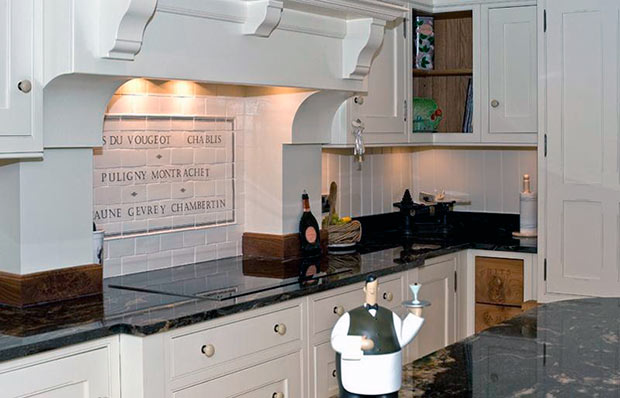
We also recommend that you watch the video at an inexpensive, but creative design walls with paint and stencil:
Conclusion
Summing up, I want to say: even using inexpensive and standard materials, you can achieve beautiful interior do-it-yourself kitchens. The main thing is to harmoniously choose their color and texture, but this is just an excuse for your imagination. Spend a couple of days creating a design project so that you don’t get disappointed in your work later.
The specific atmosphere, in particular humidity and elevated temperatures, obliges the owners to be careful about the choice of materials for covering the walls. However, given this moment, I still want to create individual interior . Opportunities in modern world for this set! But so that you do not get confused among the deceptive variety of building materials, we have prepared a detailed guide to the most popular and functional types finishes. So let's get started?
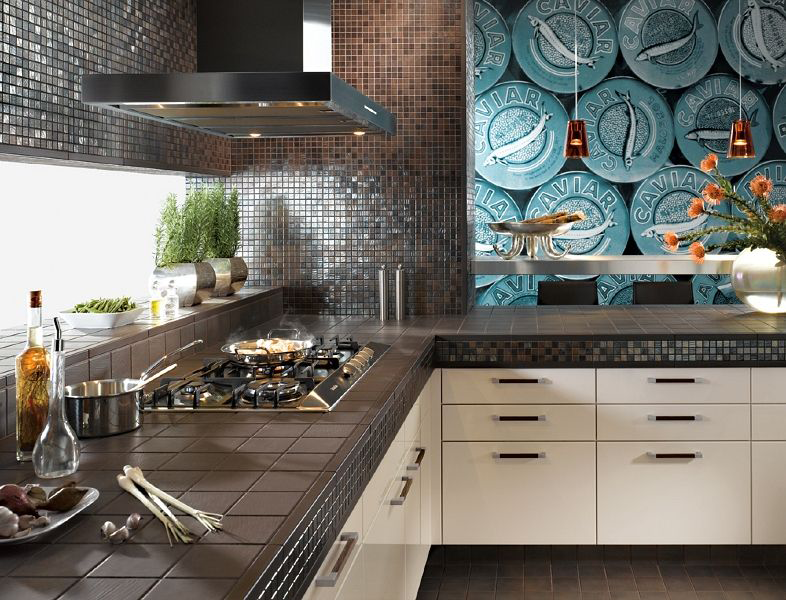
An effective combination of finishing materials and color design
Material requirements
There are a number of criteria that apply to materials for:
- resistance to high humidity in the atmosphere and splashes of hot water;
- preservation external qualities under the influence of high temperature;
- resistance to the use of chemicals for surface cleaning;
- lack of predisposition to the reproduction of bacteria and fungi.
Advice! Often different materials combined in various zones kitchen, this allows you to achieve the optimal ratio of operational and decorative qualities.
| Finish option | Key Features |
|---|---|
| Tile | impact resistance and easy maintenance no deformation under the influence of moisture resistance to steam and high temperatures resistance to chemicals cleaning |
| Fake diamond | environmentally pure material durability resistance to fungi and bacteria one level cheaper natural stone |
| Brickwork | good heat and sound insulation of the room does not require additional decorative finishes accessible and inexpensive material |
| Cork and cork panels | natural and environmentally friendly material ability to repel dirt and dust sound-absorbing characteristics |
| Wooden lining | natural material resistance to impacts and scratches (when varnished) easy care soap solutions |
| Mosaic | excellent decorative qualities and the possibility of creating an accent zone ease of maintenance strength and wear resistance requires more labor-intensive installation |
| Decorative plaster | perfectly masks any defects on the surface waterproof enough the ability to create any relief on the wall relative cheapness |
| PVC panels | ease of maintenance and operation budget price tag lack of resistance to high temperatures the ability to adapt the panels to any kitchen design |
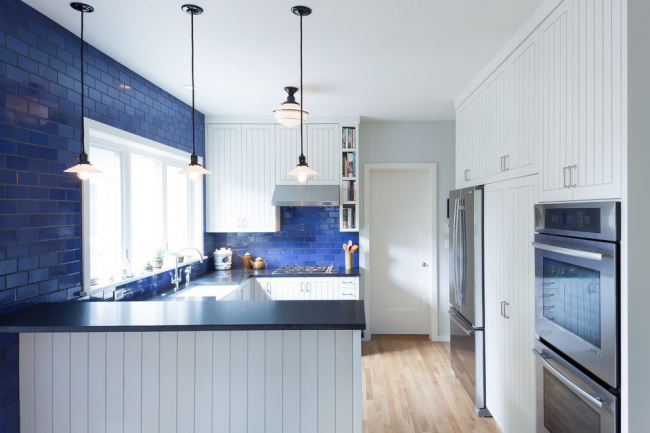
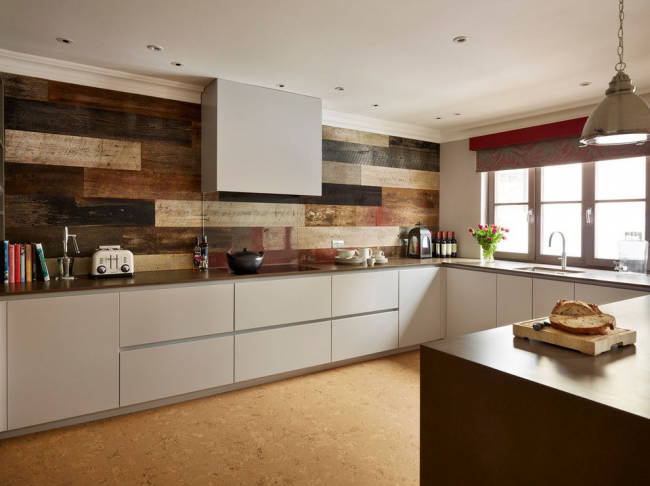
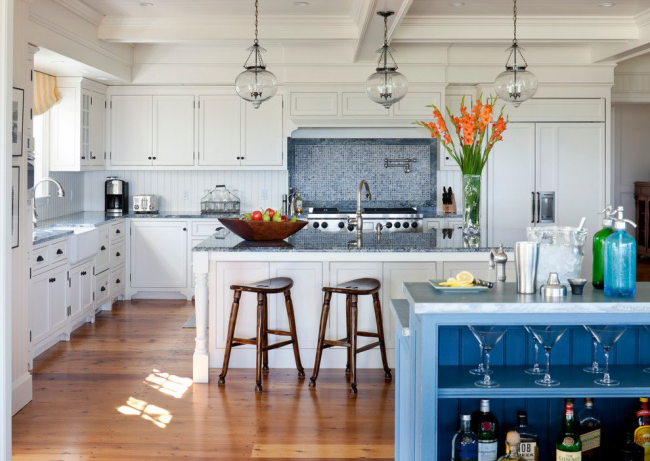
![]()
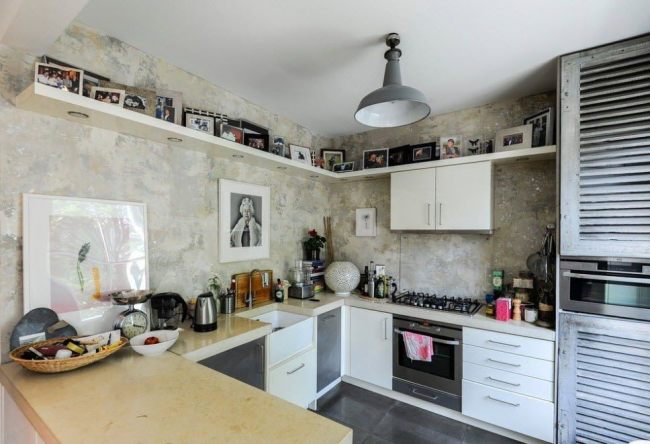
Tile
Most often used for decoration, because it perfect material in relation to price and quality. To use it in the kitchen, you need it to have the following properties:
- strength and impact resistance;
- ease of care;
- no deformation under the influence of moisture;
- resistance to steam and high temperatures;
- resistance to cleaning chemicals.
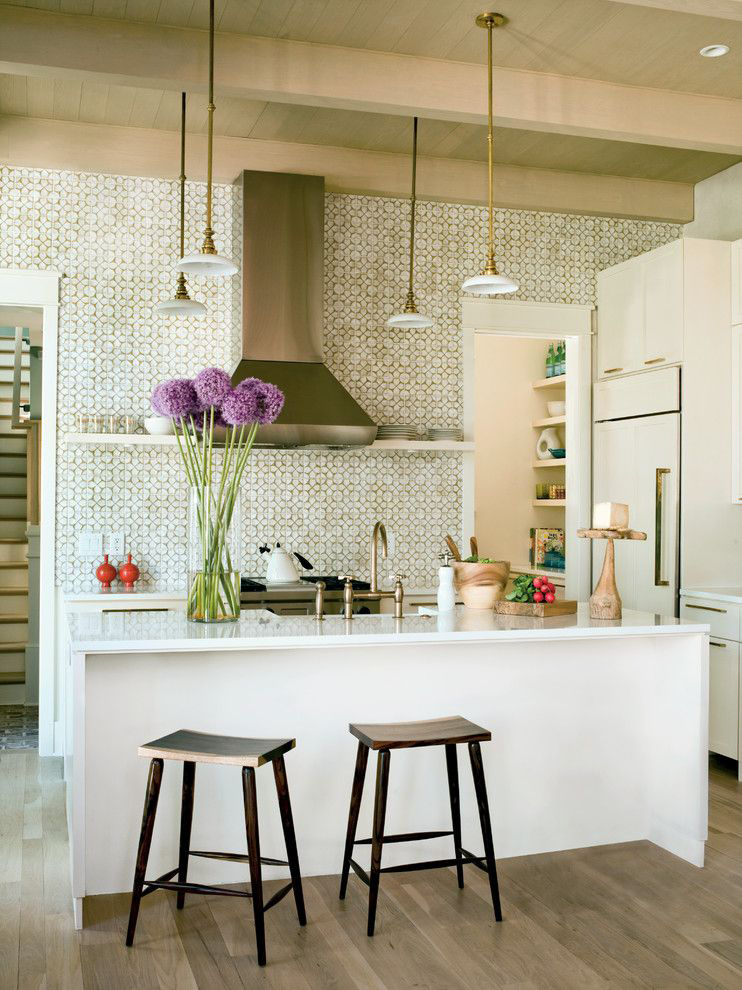
Important! key point is the tile size. There is a rule: if the size of the tile is large, then it visually reduces the room, and the material of the small format increases it.
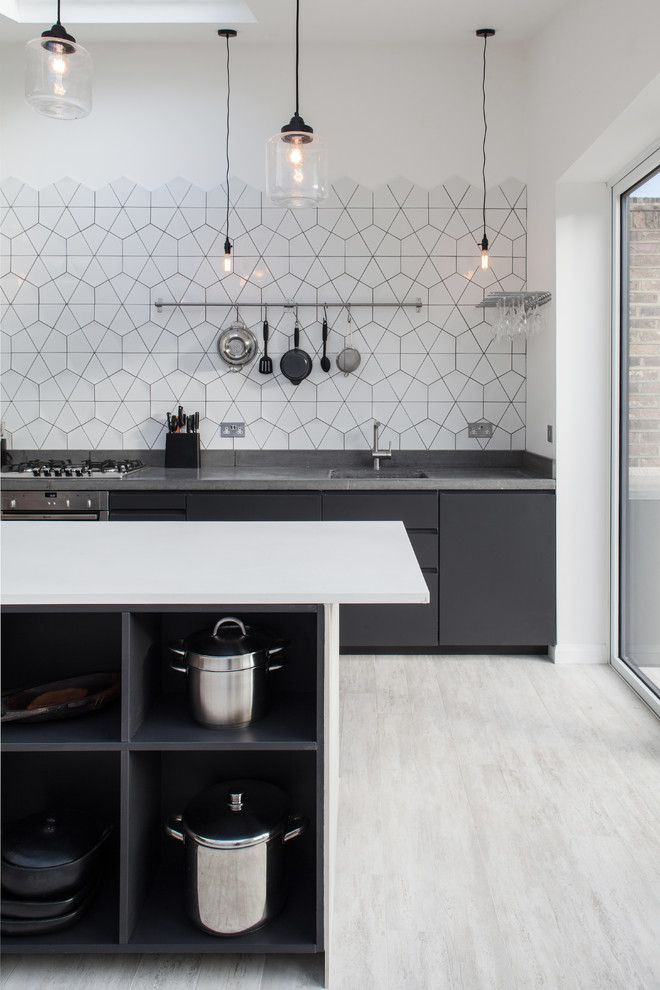
Advice! The walls should be finished with a monophonic material or with a small pattern so that the room is not colorful. For the floor, you need to take tiles from the same collection as for the wall. Bright decorative inserts should be used in a dosed way so as not to allow variegation.
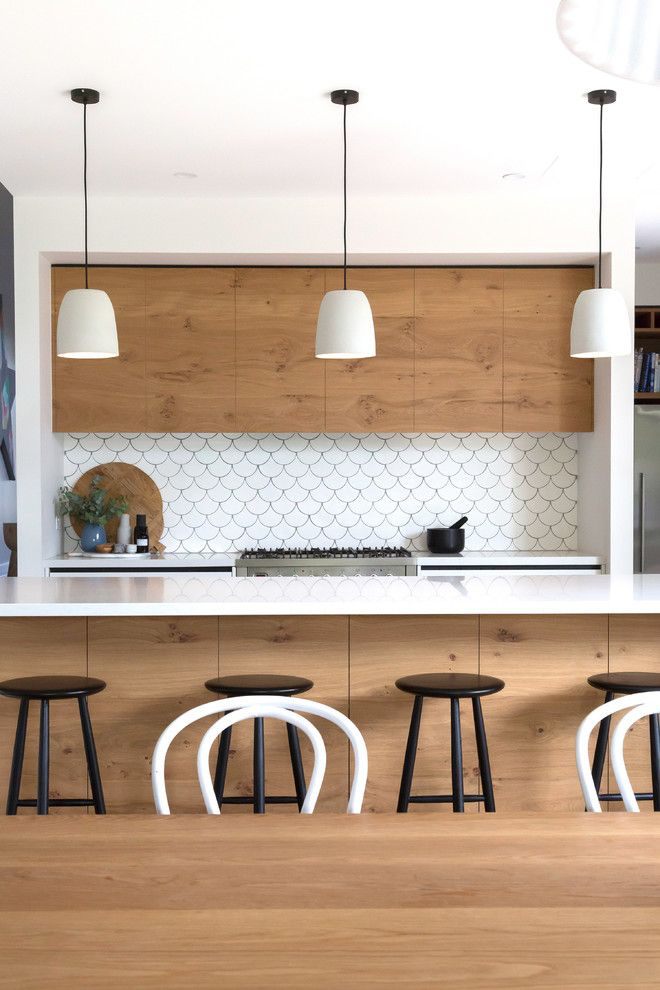
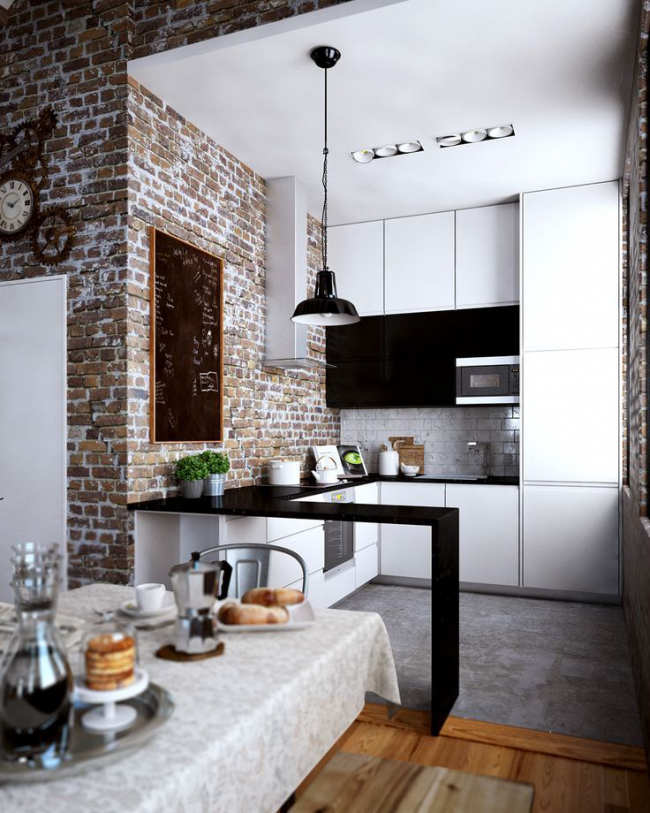

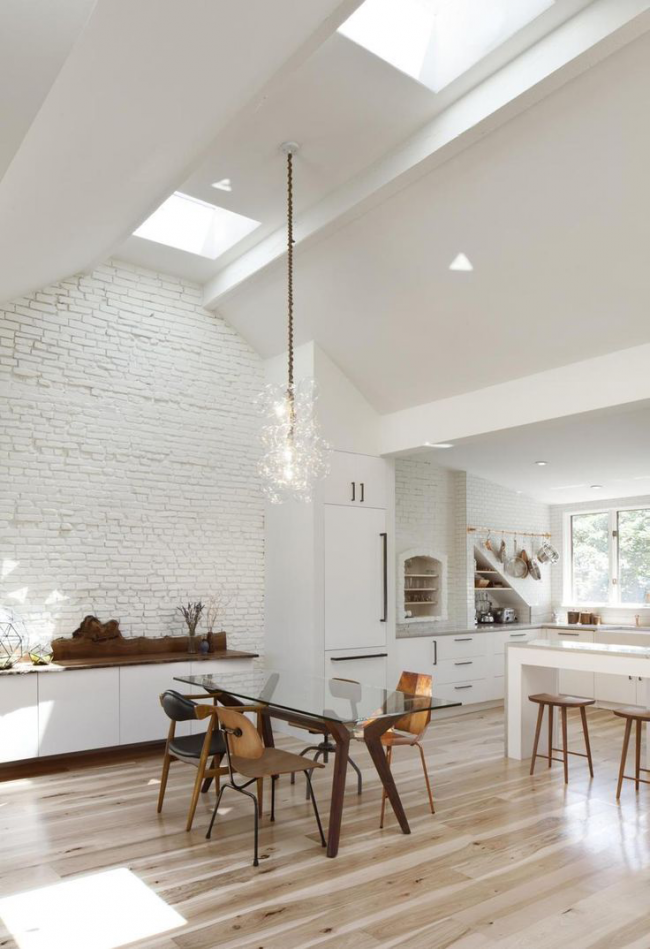
Cork
This is a natural material that is made from the bark of a Mediterranean oak. For convenience cork material produced in rolls or tiles, sometimes found in liquid form and even in quality.
Before buying material, decide which type is right for you.
- in rolls cork material released without additional processing, therefore, to improve its characteristics, the surface should be opened with wax or varnish. The advantages are the absence of horizontal seams and good combination with other finishing materials.
- Cork slabs consist of two layers. The first is the substrate, the second is the front part, which is made of cork.
- The most inexpensive are cork wallpaper. The basis is paper, varnished with a layer of cork veneer applied. Pasting occurs in the same way as when using ordinary wallpaper .
- Liquid cork is used for exterior finish because it has waterproof properties. Apply to walls by spraying. Serves as sound and heat insulation.
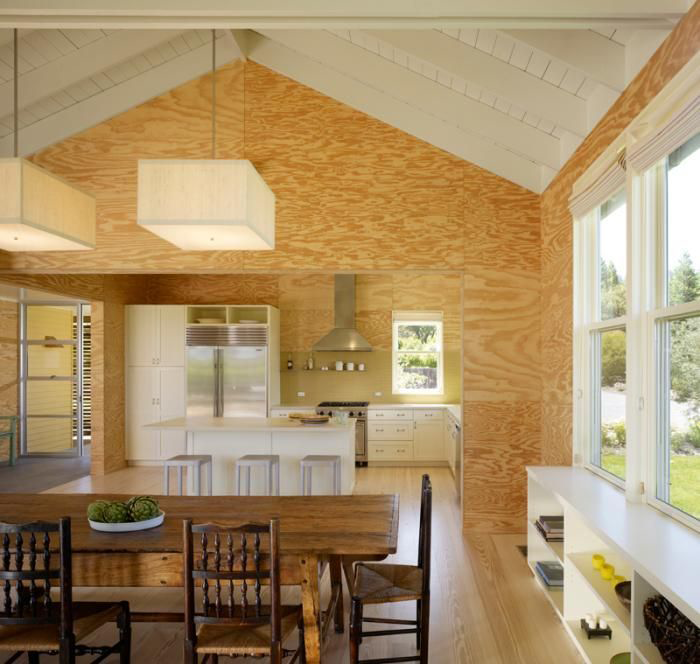
Wooden lining
Wall cladding with wood panels has been used for a long time. This is due to the variety of types of wood, the relief of the board, the shape of the joints.
Important! To create a protective layer lining varnished. This allows you to treat the surface with soapy solutions, carrying out wet cleaning.
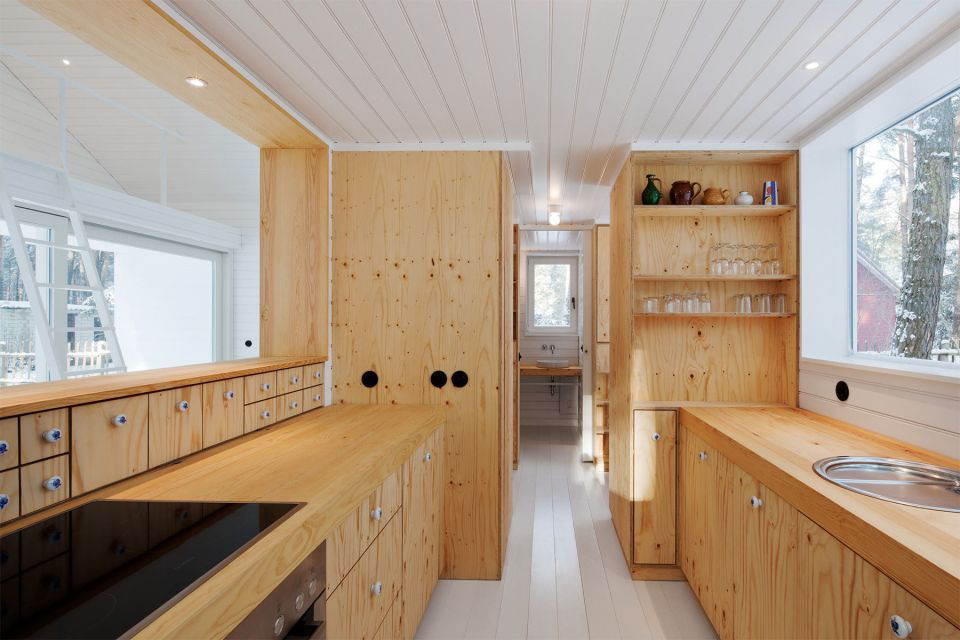
For the kitchen, alder or pine is most often used. The profile is selected in accordance with the wishes of the customer. It can be presented in the following forms:
- double-sided lining (seamless);
- europrofile;
- ;
- wooden brickwork imitation .
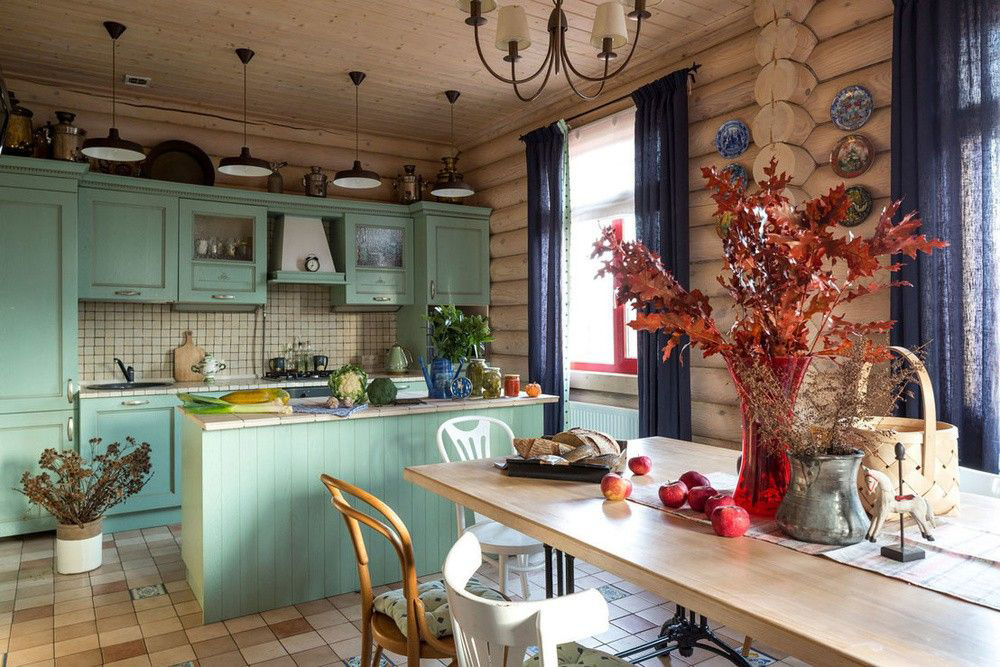
Characteristics! The advantages of using wood are its naturalness, strength and impact resistance.
Mosaic
With its help, you can give the room a certain "zest". It comes in different colors, patterns and textures. Applying mosaic on the walls, you can do bright accent on any detail. For example, use for apron And countertops . It can be made of plastic, glass, mirrors , smalt, metal, ceramics, or wood.
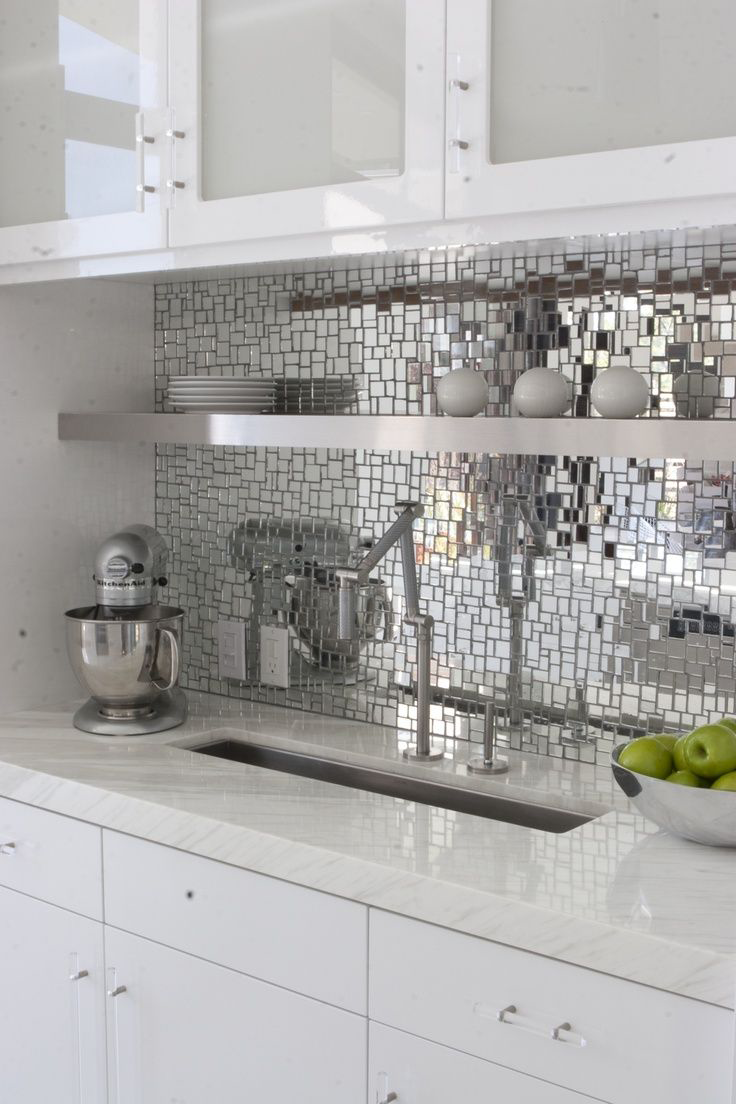
Note! In shape, it can be in the form of a circle, rhombus, oval, rectangle or square. Meets separate parts or full sheet.
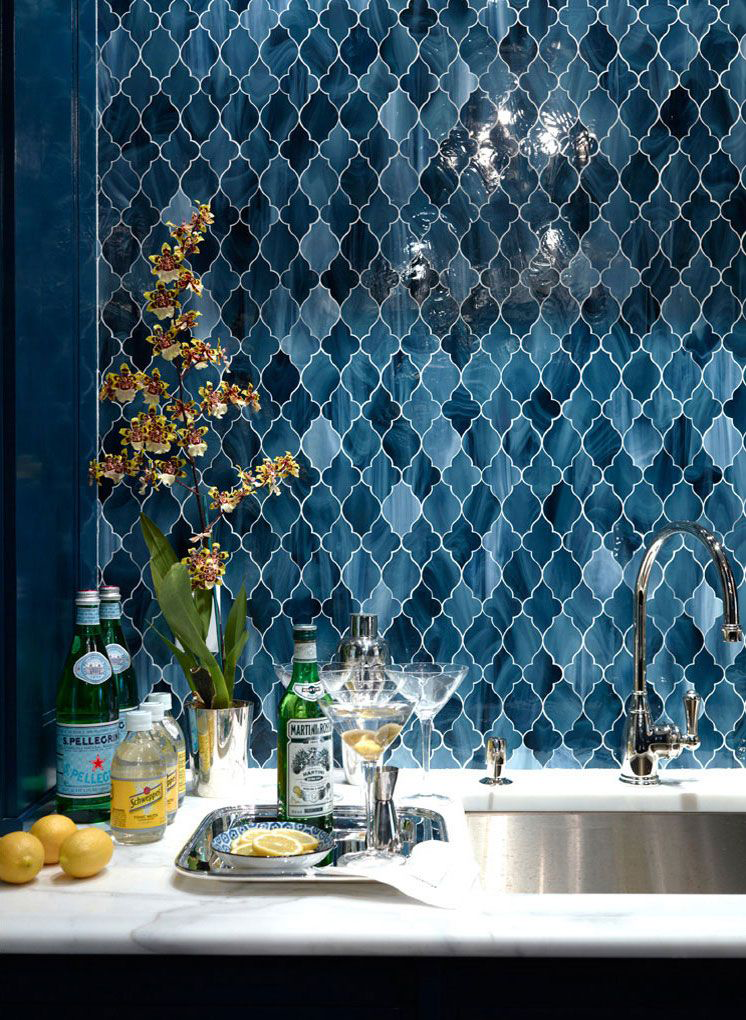
Mosaic is resistant to temperature extremes and many other harmful factors.
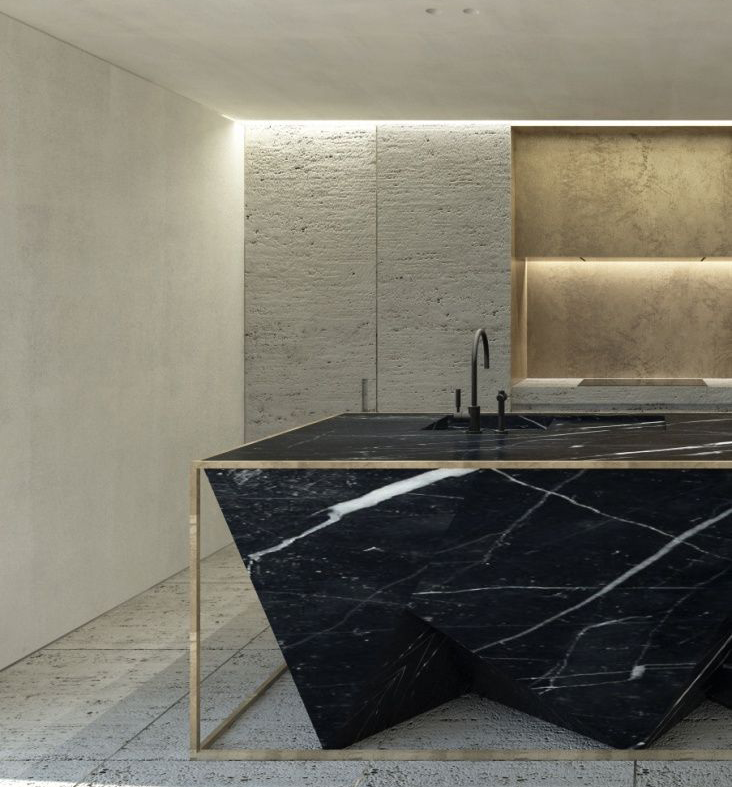
Pelastic panels
Thanks to the many positive properties they are often used for wall cladding. They are easy to clean and impact resistant. detergents moreover, bacteria do not accumulate on them. Moisture resistance and electrical safety - another plus in favor plastic panels. A variety of variations of colors and shades allows you to use them in different styles interior.
Advice! One of their disadvantages is their low resistance to impact. high temperatures, so do not place the material near an open flame.
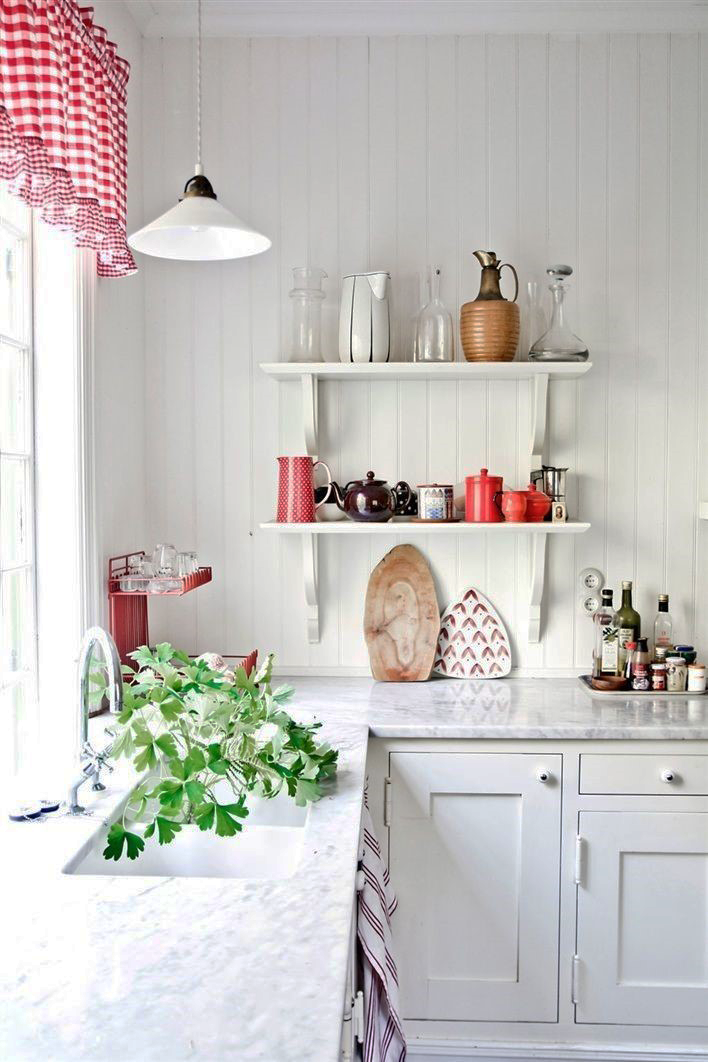
Plastic panels are one of the most budget options for wall decoration
Important! Plastic panels are installed in two ways: on a frame assembled from a profile or a wooden beam, and by gluing to the wall. The choice of method depends on the individual characteristics of the wall covering and the specific situation. In preparation for the second method, you need to stock up on the right amount of adhesive solution.
Finally, it is worth noting that to perform wall cladding, you can take any option from the variety presented on the construction market. Whatever option you choose to finish the walls in the kitchen, it should be combined with the rest of the interior and create a single stylistic composition with furniture and decor elements.
